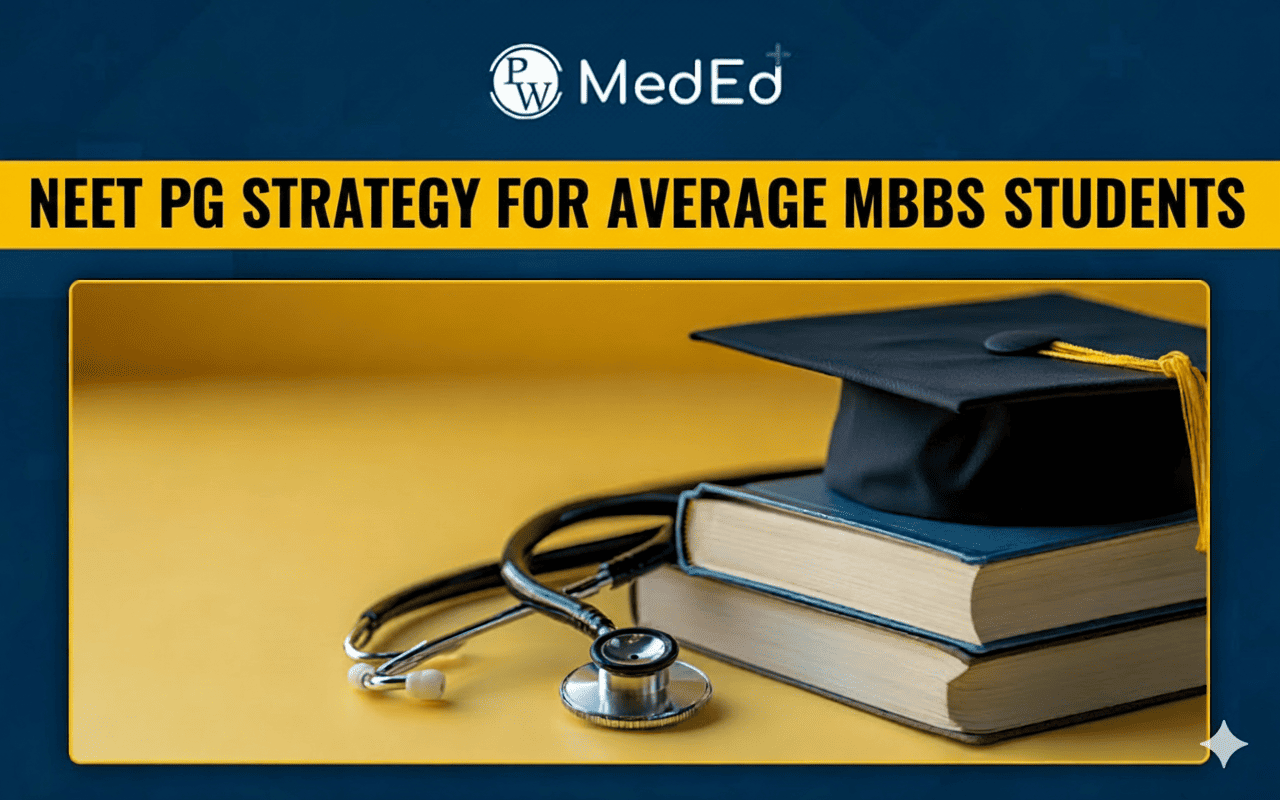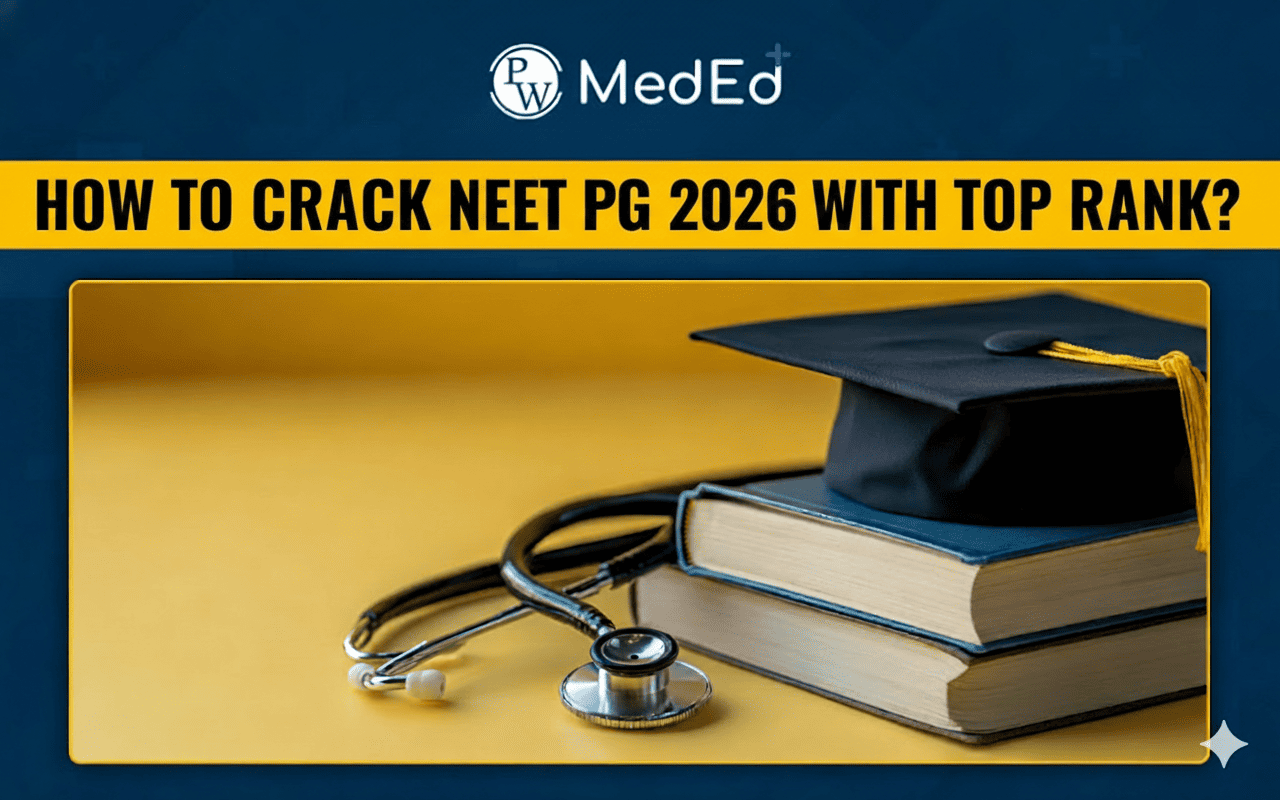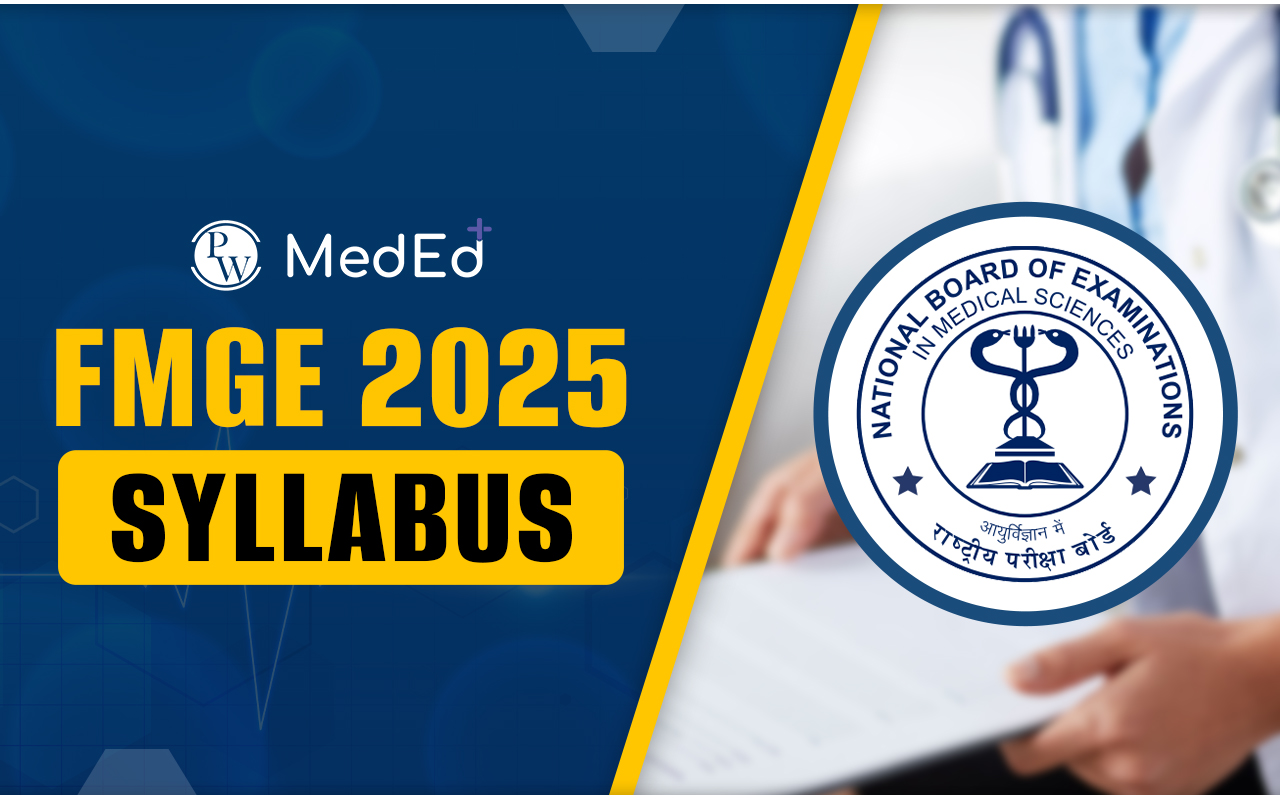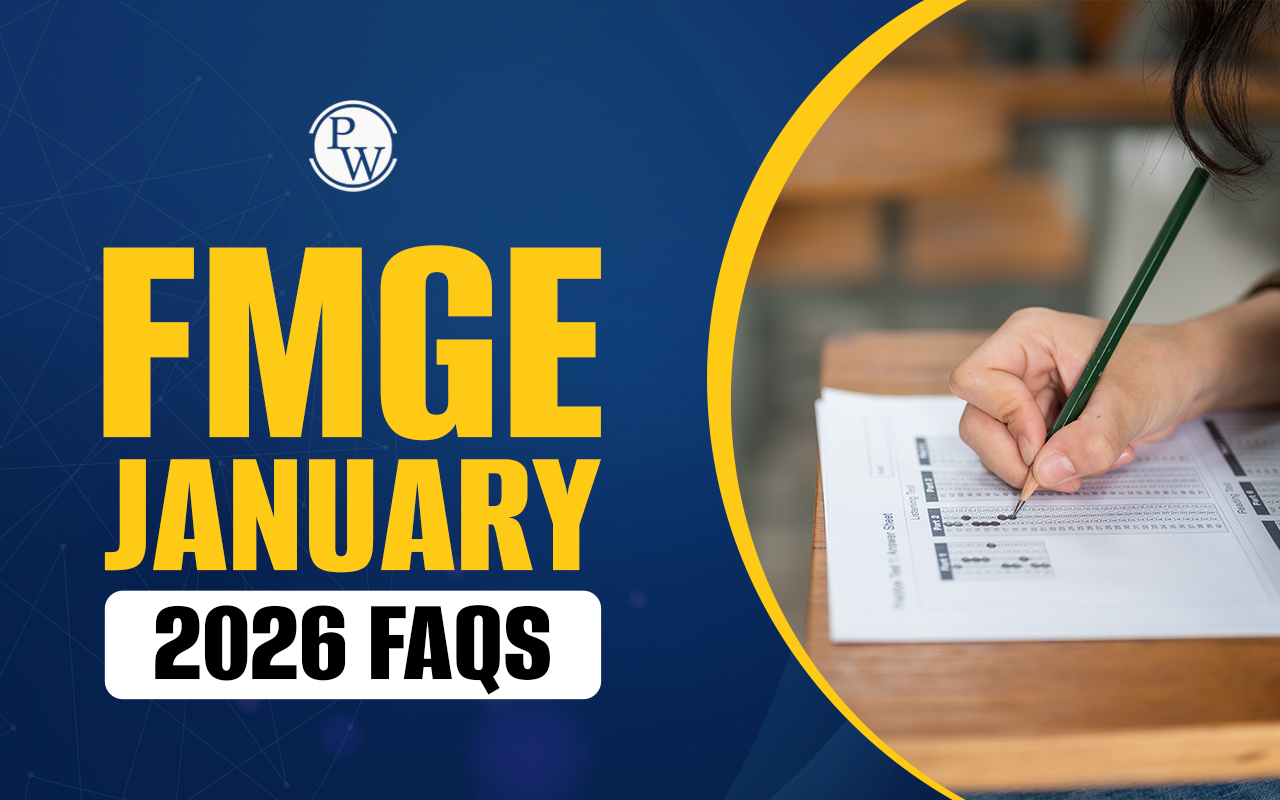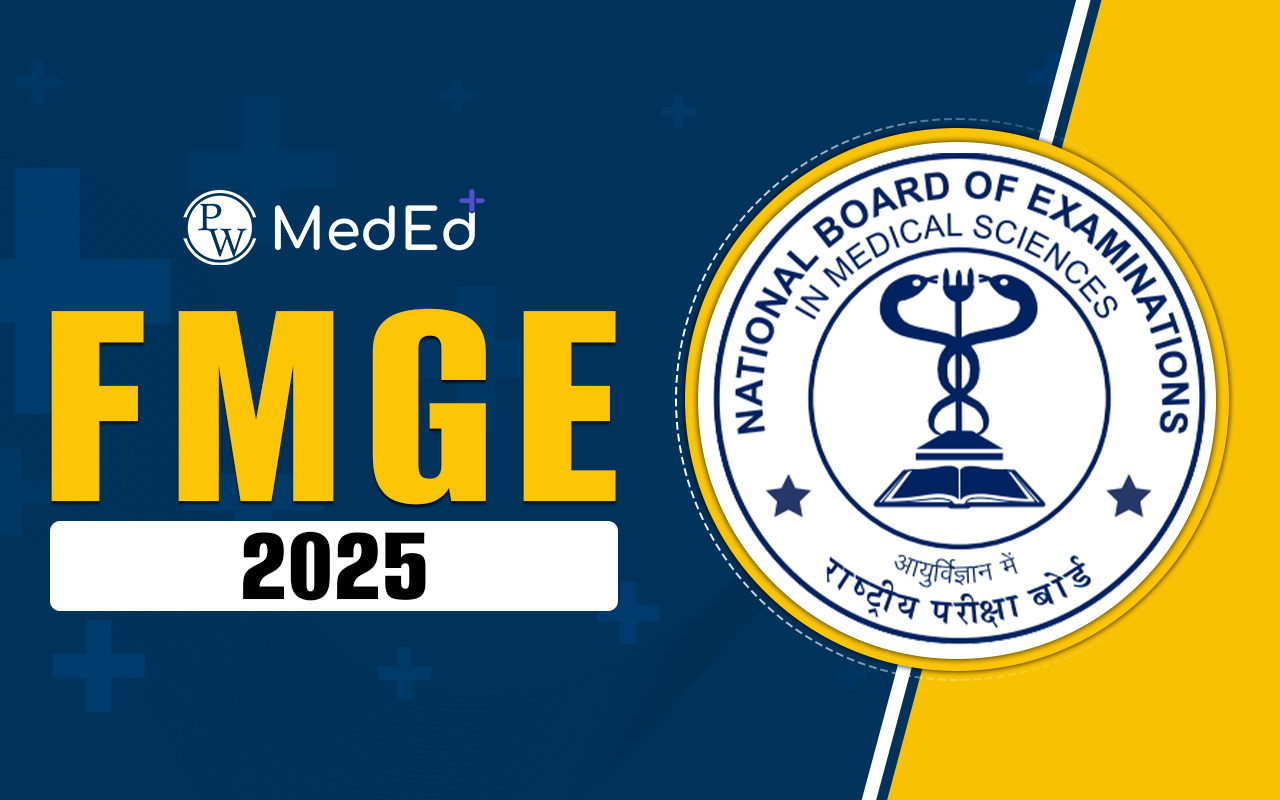
Anatomy is an important subject in the MBBS course and is asked in the MBBS First Prof, NEET PG, and FMGE exams. Students have to study this subject in their first year of the MBBS course. Anatomy is taught in the Pre-clinical phase of medicine and students must understand this subject well to pass their semester exams with good scores.
There are two main approaches to Anatomy, known as Microscopic Anatomy and Gross Anatomy. Read on for a brief introduction to Anatomy for the MBBS course.
Also Check - NEET PG VS INI CET
Anatomy Introduction
Anatomy is a branch of medicine that studies the identification and description of living things and their body structure. Anatomy is about studying the body structure. The word anatomy is made from the Greek words ‘ana’ and ‘tome’. The word ‘ana’ means ‘up’ in Greek and ‘tome’ means ‘a cutting’.
This is because traditionally anatomy education involved dissecting or cutting up body parts of organisms to understand the structure of living things. Nowadays, the emergence of modern technology like imaging technology has made it easier to understand the inside of a body's function, minimizing the use of dissection.
There are a total of three broad areas in the Anatomy which are:
- Human Anatomy
- Animal anatomy also known as zootomy
- Plant anatomy also known as phytotomy
Of these Human anatomy is most important as it deals with the structures of the human body. An understanding of anatomy is essential in the practice of medicine of aspiring physicians.
Gross Anatomy
Gross anatomy is also known as macro or topographical anatomy. Gross anatomy studies the biological structures that the human eye can see without using the microscope. In general, it studies major structures of the body such as the muscular system. There are a total of 11 interdependent human organ systems that work together in gross anatomy. These are as follows:
- The skeletal system
- The muscular system
- The lymphatic system
- The respiratory system
- The digestive system
- The nervous system
- The endocrine system
- The cardiovascular system
- The urinary system
- The reproductive system
- The integumentary system
Gross anatomy may involve dissection or noninvasive methods to collect data on organ systems. For example, the Endoscopy method in which doctors insert a long and thin tube with a camera to check different parts of the body. Further dissection is also a part of the practical work of medical and dental students during their course.
Microscopic Anatomy
As the name suggests Microscopic anatomy is the study of those subjects that are too small to see without using the microscope. It covers the cells and tissues of humans, animals, and plants and is also known as Histology. In microscopic anatomy, students learn about the structure of cells and their relation to each other. For example, examining the tissue of cancerous cells to understand its effect on healthy tissues.
In microscopic anatomy, learners may apply techniques like sectioning and staining to study tissue and cells of living things. In sectioning tissues are cut into very thin slices to examine it closely. Staining techniques are about adding or enhancing color to cells and tissues for better investigation.
Microscopic anatomy plays an important role in diagnosis, forensic investigation, autopsy, and archeological investigation. Medical students are taught this subject are diagnosis is a crucial aspect in the treatment of disease.
Anatomy and Physiology
Anatomy and Physiology are two closely related fields in medicine and together develop a clear understanding of the human body. Both of these subjects are taught in the first year of MBBS and help students understand the human body and its functions. Studying these fields together develops a comprehensive understanding of the human body that is essential for medical undergraduates. These two subjects are important pillars of the healthcare field due to their emphasis on the structure and mechanisms of living things. The basic difference between anatomy and physiology is that while anatomy details body parts and structures, physiology describes how body structures work. These subjects are fundamental to medicine and therefore form a core part of the Pre-clinical phase.Anatomy and Physiology Syllabus
Students must know the syllabus of anatomy and physiology as it forms an important part of MBBS professional exams and top entrance exams like NEET PG and INI CET. The Anatomy and Physiology syllabus is detailed by medical universities to first-year students. The syllabus of anatomy and physiology is given below for students reference:Anatomy Syllabus - The syllabus of anatomy covers the following major topics:
- Gross Anatomy
- Microanatomy
- Embryology and Genetics
- Neuroanatomy
Physiology Syllabus - In physiology subject, students study the following topics in detail:
- General Physiology
- Respiratory System
- Gastrointestinal System
- Nutrition
- Kidney
- Nerve–Muscle
- Neurophysiology
- Blood
- Environmental Physiology
- Cardiovascular System
- Yoga
Anatomy Importance in MBBS
Anatomy is one of the most essential subjects for medical students pursuing an MBBS degree. This subject provides a comprehensive knowledge of the body structures and systems. The field of anatomy is vast and includes disposition, microscopic examination, the study of the interrelationship of body systems, and applied anatomy. Students are required to understand every aspect of anatomy in-depth and learn diagram skills to score well in this subject.
Here are some of the reasons why anatomy is an important subject in MBBS:
- The foundation of medical training : Anatomy is taught as one of the first-year subjects and lays the foundation for becoming a physician. Every medical student needs to have a clear understanding of anatomy to build a strong foundation in medical clear.
- Understanding the body structure : Anatomy is important to understand the functioning of body organs and learn about the basic structure of the human body. It is a vital part of the practice of medicine and related areas of human health.
- Importance in healthcare : Anatomy holds utmost importance as often work of doctors includes carrying out emergency procedures and for this knowledge of human body structure is important.
- Essential for exams : Anatomy forms a major part of the syllabus of the MBBS First Prof exam and other medical exams like NEET PG, FMGE, and INI CET. In some of the exams like NEET PG it carries a significant weightage of about 10 to 15 questions.
- Diagnosis and treatment : Students learn the diagnosis and treatment of some of the major diseases by studying the anatomy subject in their MBBS coursework.
To sum up, anatomy is a highly important subject for medical students and must be studied well. A good understanding of anatomy will not only help students get good marks on exams but also will help them become an expert in the healthcare profession.
Those who are facing any trouble understanding this subject can download the Med Ed app to get a clear understanding of anatomy for MBBS and beyond!
| NEET PG Important Links | |
|---|---|
| NEET PG 2024 | NEET PG Syllabus 2024 |
| NEET PG Exam Pattern 2024 | NEET PG Reservation |
Anatomy FAQs
What is Anatomy?
What are the approaches to anatomy?
What is microscopic anatomy?
Why do students need to study anatomy?



